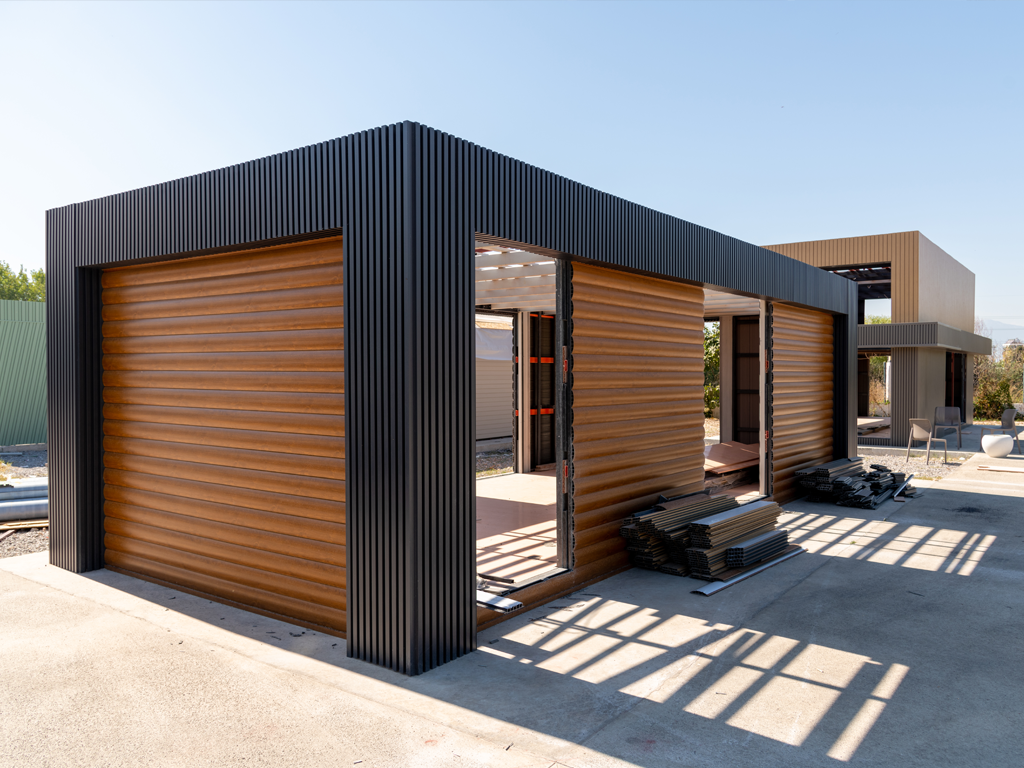As housing costs continue to rise across the country, the dream of traditional home ownership – a single family house with a white picket fence – often feels out of reach. 62% of renters and 38% of homeowners agree that their area has become so unaffordable that it is barely livable. There is, however, an often overlooked and viable option that offers a path to affordable housing: manufactured homes. Also known as mobile homes, these alternatives to traditional site-built dwellings provide modern comforts at a more affordable price point.
The Hidden Dangers of Manufactured Homes
Mobile homes provide affordable housing for millions of Americans, but they may come with a catch: older models are linked to a range of health issues known as “Manufactured Home Syndrome.” This term is a catch-all which refers to a range of health issues that are primarily linked to indoor air quality (IAQ) problems arising from living in mobile homes. Residents of manufactured homes report a range of symptoms including respiratory problems, asthma aggravation, eye, nose and throat irritation, cardiovascular disease, and chronic conditions such as COPD. The name, and the symptoms, may sound familiar – remember Sick Building Syndrome? It’s no surprise that whether you’re at work or at home, spending a lot of time indoors surrounded by high-VOC materials and poor ventilation can wreak havoc on your respiratory system and long-term health.
To what can we attribute Manufactured Home Syndrome? It’s difficult to blame a single culprit, but we can identify several contributors to poor indoor air quality, which is compounded by the materials used in the construction of these homes:
- Formaldehyde, which irritates the eyes, nose, and throat, and has even been linked to cancer, is found in construction materials such as particle board, carpeting, and plywood. Older mobile home models often contain high levels of formaldehyde.
- Mold and moisture are more prevalent in mobile homes for several reasons: mobile home materials are more prone to moisture absorption, ground level placement increases the risk of moisture infiltration from the ground, and inadequate insulation can lead to temperature fluctuations which can cause condensation and mold growth. All of these can combine to produce excessive mold growth and the accumulation of airborne pollutants, triggering serious respiratory and allergy problems.
- Poor ventilation traps pollutants inside, making the IAQ worse and causing serious consequences for the health and well-being of residents. Mobile homes are often more tightly sealed than traditional homes, and many do not have a dedicated whole-house ventilation system – both of these contribute significantly to inadequate ventilation.
- Energy Inefficiency and temperature control problems often arise from poor insulation, particularly in older mobile home models with outdated HVAC systems, potentially worsening IAQ issues.
Combating Manufactured Home Syndrome
Improving IAQ in mobile homes is entirely possible but will require a multi-pronged and customized approach. To make it accessible, let’s break it down into steps:
- Material Upgrades: When updating an older mobile home, consider replacing materials that are high in formaldehyde with low-VOC and low-emission alternatives.
- Ventilation Improvements: Installing exhaust fans, sealing gaps and cracks around windows, performing regular maintenance on HVAC systems, and regularly opening windows may all help improve ventilation.
- Moisture Control: Implementing strategies to prevent and address moisture issues, including regular inspections, repairs of leaks, and use of dehumidifiers and blowers when necessary.
- Air Purification: Installing air purifiers with a combination of activated carbon and active technology, such as ActivePure Technology, that breaks formaldehyde into water vapor and carbon dioxide.
The Right to Clean Air
At ActivePure, we agree that access to affordable housing is as fundamental as the right to clean water and clean air. Like the state of Indoor Air Quality, Mobile Home Syndrome and its associated health risks present a significant public health challenge. While indoor air often registers 2-5 times more pollutants than outdoor air, there are straightforward yet meaningful steps we can take to lower those levels and provide clean, quality indoor air in manufactured homes and every built environment. Our team of experts is available today to help you with a custom, affordable solution for your unique indoor air quality needs.



